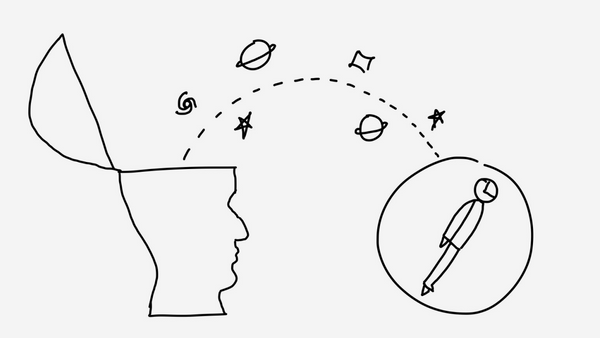What nail-biting and UI design have in common

I have a thing where I can't stop biting my nails. But what does that have to do with my practice as a designer? Turns out a lot!
See, I have an obsessive need for my nails to be perfectly smooth. So perfect that they follow a mathematical curve. The edges should meet the skin in a perfect tangent. Even a slight discontinuity in the differential can throw the whole structure out of balance. That's how it should be.
But unfortunately, nails are rarely like that. So, I do the best I can do and keep chewing or clipping them until they don't stick out of place. I keep hacking away until I'm satisfied with the curvature.
There are other things that I'm as obsessed with. Human-Computer Interfaces are one of them. For me, the interface needs to perfectly match the human's needs to the computer's capabilities. Anything less sticks out like a rough edge of a nail. For example, the user misses a CTA because it's not contrasted properly with the background. Or a term in the interface doesn't match how the user understands it.
So, I do the best I can do and keep iterating on it. This is what my typical flow looks like
- Build an interface
- Put it in front of user 1
- Notice where the user stumbles, or where the interface fails the user
- Fix it
- Put the interface in front of user 2
- Repeat until the user N has a perfectly smooth journey
The whole process takes a lifetime, but it's worth it.
What makes you a better designer
This might sound very straightforward, but there are a few things you have to keep in mind, in order to become good at doing this
- You have to understand what the user needs. Any interface built without a deep understanding will fail without pointing out the cause. Understand where the user wants to go before providing them with a path.
- You have to find the right tool to fix any problem. Fixing a copy issue by adding more buttons is rarely going to help. Using teeth isn't the same as using a nail clipper.
- Every user will have a unique path. Understand the limitations and the flexibility of the system underneath. Be able to differentiate whether the problem is a kink that you should fix or a roadblock where you have to provide an alternate path.
- Always start at the beginning. This forces you to understand the user's whole journey. When seen in isolation, all points look perfectly smooth. Only when you zoom out and look at the context would you see if it's imperfections.



